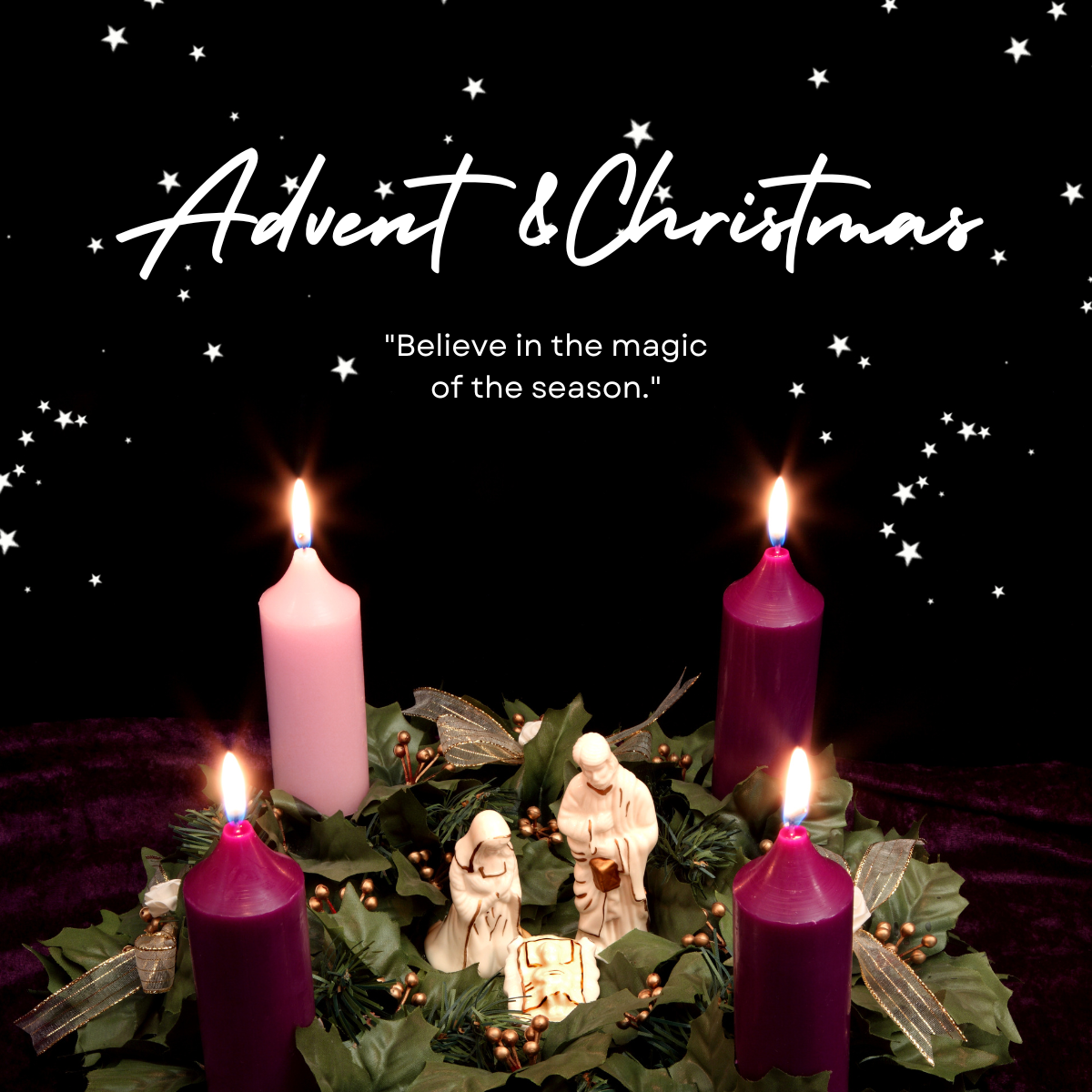Advent translates as “arrival”
The Latin word “advent” literally means “arrival.” The Advent season refers to the arrival of Jesus Christ, whose birth we celebrate at Christmas.
With the sight of Advent markets, chocolate, and nuts during Advent, it is hard to imagine today that Advent was once a time of fasting and penance. Behind it was an inner and outer preparation for the birth of Jesus, the second-highest Christian festival.
Advent is a time of preparation for Christmas
The Advent season does not stand alone but aims towards Christmas. Preparation is required to properly celebrate this festival, just as when planning a large birthday party. A religious celebration is not about organizational work but about spiritual preparation.
This spiritual preparation was traditionally carried out with fasting and prayer. However, Catholic canon law has no longer required fasting for Advent since 1917, so prayer has become more central.
Why was there a requirement for fasting and penance in the past? Simply put, it can be said that after a period of abstinence, a celebration feels more beautiful and intense; in contrast, many people today are almost saturated with Christmas lights, Christmas carols, and gingerbread after four “pre-Christmas” weeks of Advent.
In the liturgy, the relationship to Lent before Easter can still be seen today in the reduced floral decorations and the liturgical color purple.
Even the beginning of the carnival season on November 11th has something to do with Advent and Lent. At the end of the earlier economic year, on St. Martin’s Day and before the Advent period of Lent, there were once again celebrations, just as there were on the carnival days before Ash Wednesday.
Four themes on four Advent Sundays
There has been evidence of the Advent season in Gaul and Spain since the end of the 4th century. During this time, Pope Gregory the Great (540–604) reduced the number of Advent Sundays from six to four. The reduction to four weeks of Advent became established at the turn of the millennium. Liturgically, the regulation only became binding with the Tridentine liturgical books under Pope Pius V (†1572). In Milan, Advent begins on the 6th Sunday before Christmas, meaning Advent is six weeks long there.
Each of the four Sundays of Advent has a different theme:
On the first Sunday of Advent, the focus is on the return of Jesus. The readings tell of the Apocalypse and the Last Judgement.
On the 2nd Sunday of Advent, believers focus on John the Baptist as a prophet.
The 3rd Sunday in Advent is called “Gaudete” Sunday. “Gaudete” translates as “rejoice.” Once again, John the Baptist plays a central role this Sunday. The liturgical color on this Sunday is pink.
The 4th Sunday of Advent is dedicated to Mary, the Mother of God. Christians celebrate the solemnity of the assumption on December 8.
Who invented the Advent calendar?
The custom of the Advent calendar developed in the middle of the 19th century. There is no real “inventor”; rather, in families around 1840, different ways of making the wait for Christmas tangible emerged.
The first simple Advent calendars were 24 chalk lines on the wall. Every day, the children wiped away one line until Christmas.
Another form consisted of gradually sticking 24 little pictures on the wall or window until Christmas was just around the corner. In Catholic areas, children placed straws in a manger for each good deed so the baby Jesus could lie comfortably.
The publisher, Gerhard Lang from Munich, is the father of the Advent calendar with little doors. He printed the first copies in 1902. The National Socialists reinterpreted Christmas symbolism as fairytale motifs and robbed the Advent calendar of its Christian roots. This contrasts Catholic and Protestant Advent calendars with a pastoral and educational character.
The Advent wreath developed in the 19th century
The Advent wreath was invented by the Protestant theologian and founder of the Inner Mission of the Protestant Church, Johann Hinrich Wichern, in 1839. He had the idea of counting down the days until Christmas with lighted candles.
His Advent wreath was originally a wagon wheel with a total of 24 candles on it: four large white candles for Sundays and 20 small red candles for the weekdays. A candle was lit every day until all the candles were lit on Christmas Eve. The light was intended to symbolize Jesus Christ, born on Christmas, as the world’s true light.
Over time, Johann Hinrich Wichern’s Advent wreath developed into the Advent wreath with four common candles today. After the First World War, the custom of the Advent wreath spread across denominations in the south of Germany.
- Mag. Hector Pascua/picture: canva.com
This post has already been read 1219 times!



